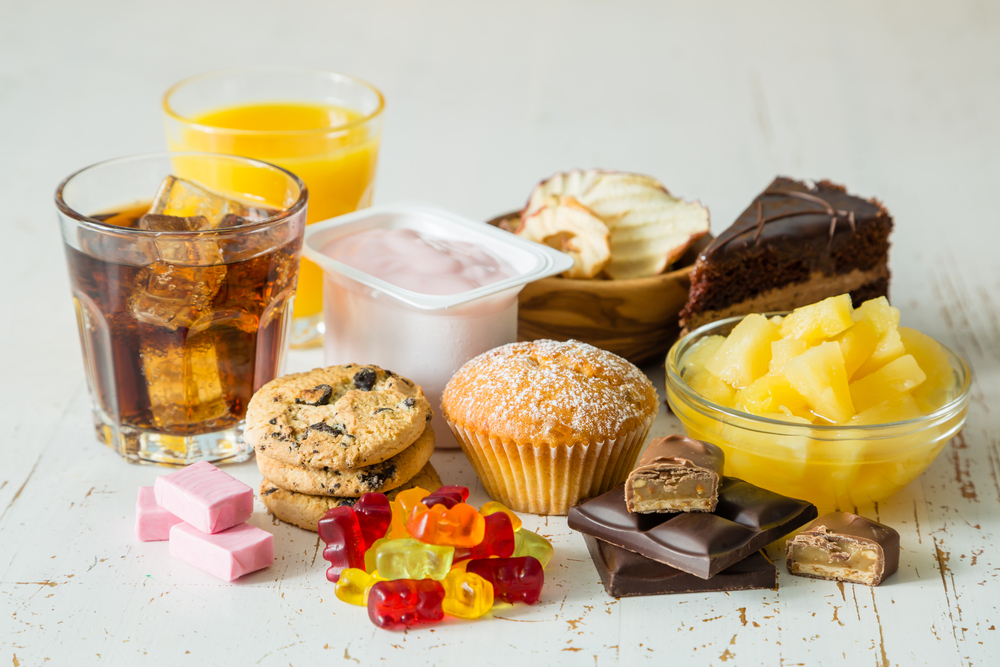
There's so much buzz about the harmful effects of sugar, it's hard as a parent not to feel worried about it. You know a lot of sugar isn't good for your kids' health (or their teeth!)—but just how much is too much?
There's a brand-new guideline from a major health organization that spells it out. But though it's nice to have some cold, hard numbers, it's also a little discouraging.
In a new scientific statement, the American Heart Association (AHA) says that kids ages 2-18 should have no more than 25 grams of added sugar per day (added sugar is the kind put in by manufacturers, not the natural kind in fruit and dairy). That's about 100 calories worth of sugar or the equivalent of about 6 teaspoons.
If 6 teaspoons sounds like a lot, consider how quickly it adds up. If your child eats a packet of instant oatmeal for breakfast, a peanut butter and jelly sandwich at lunch, and a granola bar at snack time, she's already two teaspoons over the limit. That's assuming no other foods in her day include added sugar—like spaghetti sauce, salad dressing, or crackers.
The AHA also recommends that children younger than 2 have no added sugar at all. That means no bites of dessert and no foods such as flavored yogurt, graham crackers, or sweetened cereal.
And remember that added sugar isn't just white table sugar or high-fructose corn syrup. It includes honey, maple syrup, and molasses too—sweeteners a lot of people are using these days because they view them as more wholesome than regular sugar.
The concerns about sugar are legit: According to the AHA, kids 2-19 are getting 80 grams of added sugar a day (that's 20 teaspoons), mostly from sugary drinks, cakes, and cookies. They warn of an association between a high-sugar diet and an increased risk for cardiovascular disease because a high-sugar diet can contribute to obesity and elevated blood pressure.
But as a dietitian—and a mom who grapples daily with the barrage of sweet food and drink my kids are offered (and that they understandably love!)—I can't help but think that these guidelines are a little bit unrealistic. I also worry these guidelines may discourage parents, since you can exceed them with an ice cream cone.
So I'm going to take the new guidelines with a grain of sugar. Instead of tallying up numbers every day, I say think broadly about your habits to reduce your child's sugar intake. Here's my advice:
If you still want a guideline but think this one is too restrictive, you can follow what the newest Dietary Guidelines suggest: No more than 10 percent of calories from added sugar (that means older kids can have more sugar than younger kids). You can see those totals and visuals of what that looks like here.
Do you think 6 teaspoons of added sugar a day is reasonable for your kids?
Sally Kuzemchak, MS, RD, is a registered dietitian, educator, and mom of two who blogs at Real Mom Nutrition. You can follow her on Facebook, Twitter, Pinterest, and Instagram. She collaborated with Cooking Light on Dinnertime Survival Guide, a cookbook for busy families. In her spare time, she loads and unloads the dishwasher. Then loads it again.
